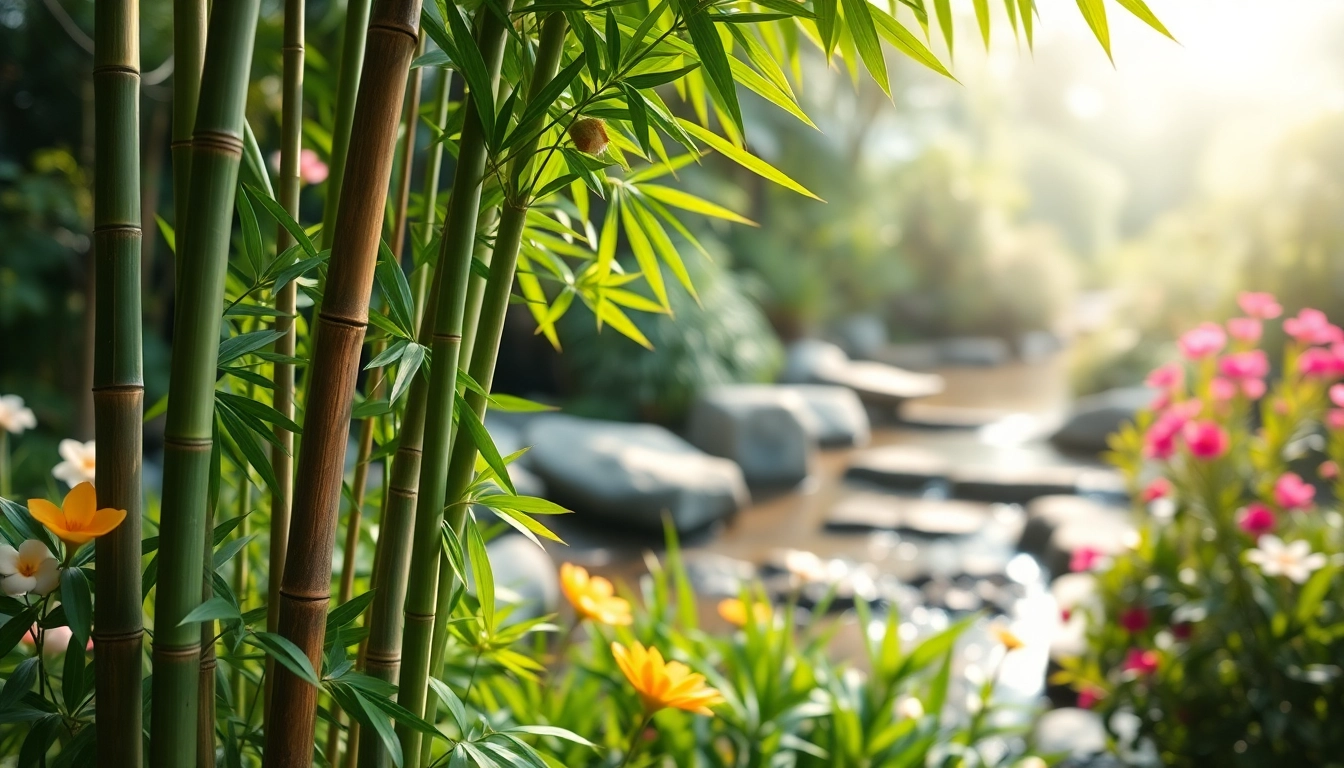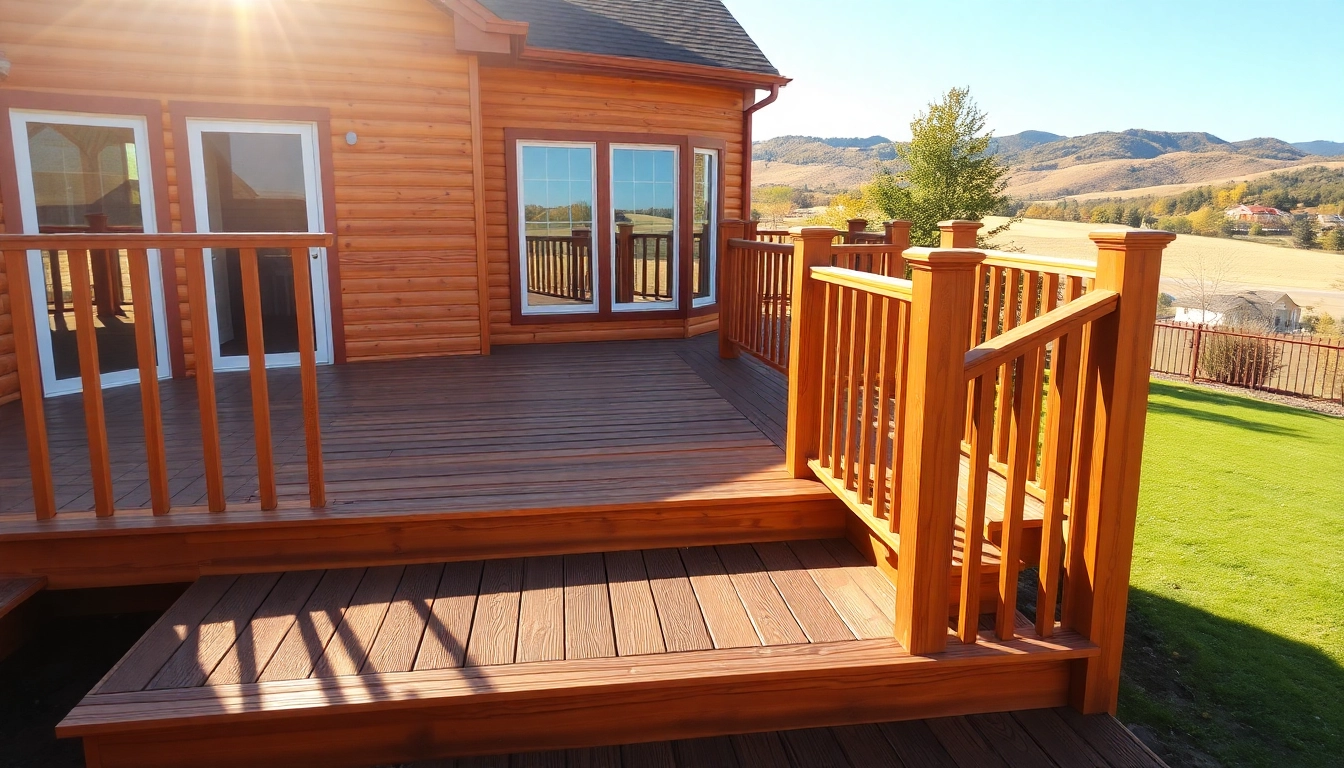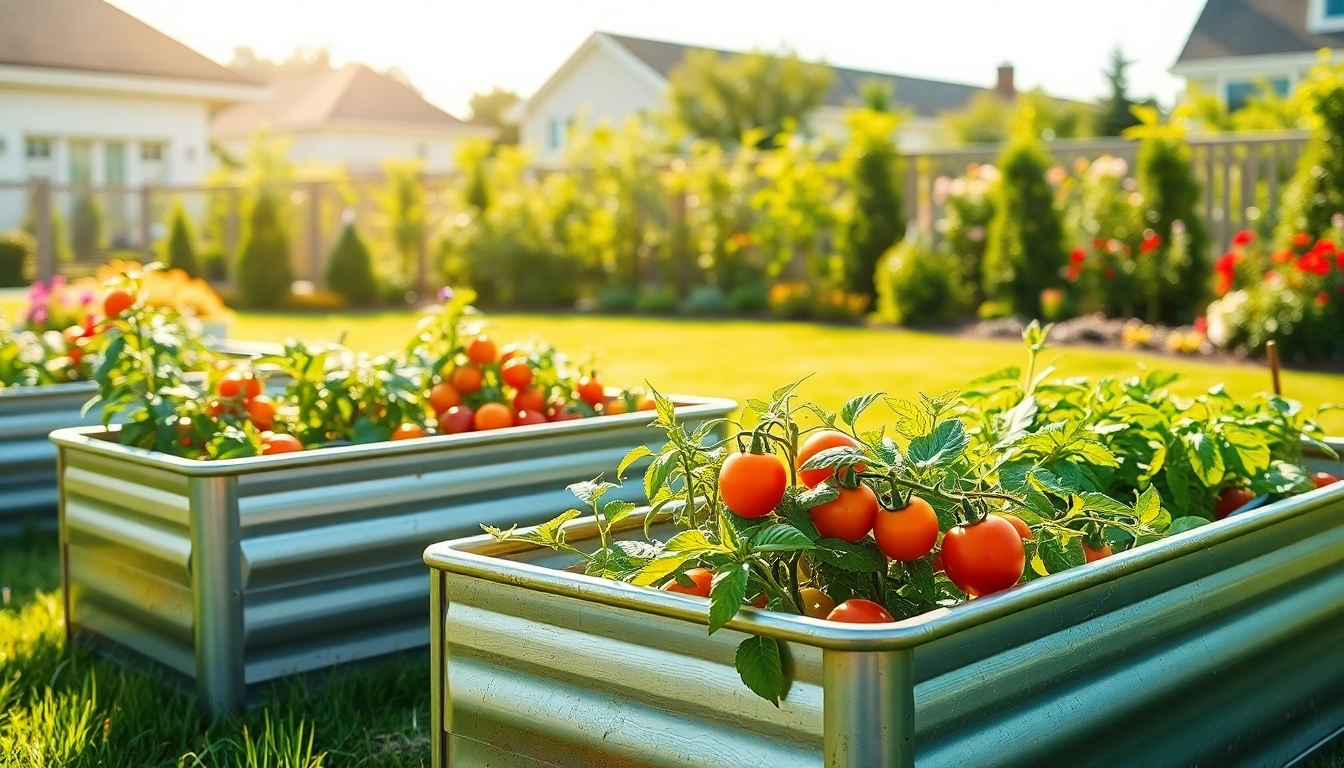Introduction to Bamboo
Bamboo has long captured human interest with its versatility and striking beauty. As one of the fastest-growing plants on Earth, Bamboo offers an array of benefits, making it a valuable resource across various sectors, from construction to cuisine. In this comprehensive article, we will explore the intricate world of Bamboo, including its biological characteristics, its significance in both ecological and economic terms, and a detailed look into its versatile uses.
What is Bamboo?
Bamboo refers to a group of perennial evergreen plants in the true grass family, Poaceae, specifically belonging to the subfamily Bambusoideae. Known for its tall, woody stems, which can reach impressive heights, Bamboo also boasts over 1,000 different species spread across the globe. Most of these species are indigenous to tropical and subtropical regions, but some varieties thrive in temperate zones. Bamboo’s rapid growth is attributed to its unique rhizome system, enabling it to flourish and spread quickly in an optimal environment.
The Biology of Bamboo
The structure of Bamboo is key to its strength and resilience. Each stem, known as a culm, consists of hollow sections called internodes, separated by solid nodes. This design not only contributes to the plant’s lightness but also enhances its ability to withstand high winds and heavy loads. Depending on the species, Bamboo can grow anywhere from a few inches to over 100 feet tall, with diameters varying from less than half an inch to over a foot.
Bamboo’s growth rate is remarkable. Some species can grow up to 35 inches in a single day under optimal conditions. Furthermore, this plant is classified as a grass, possessing the ability to retain moisture while capturing carbon dioxide, which significantly contributes to its perceived ecological benefits.
Why Bamboo is Important
Bamboo holds significant importance for several reasons. Firstly, its rapid growth makes it an incredibly renewable resource. In regions where deforestation is rampant, Bamboo provides an alternative as it can be harvested sustainably. Secondly, Bamboo plays a role in soil stability and restoration; its extensive root system helps to prevent erosion and improve soil health. Lastly, Bamboo has a cultural significance in various societies, often representing resilience, strength, and flexibility in the face of adversity.
Types of Bamboo
Understanding the different types of Bamboo available is essential for selecting the right species for your needs, be it landscaping, construction, or culinary use.
Common Species of Bamboo
There are two primary types of Bamboo—clumping and running, each with its unique characteristics. Clumping Bamboo, such as Fargesia, is characterized by its tight growth pattern, making it suitable for small gardens and urban settings. On the other hand, running Bamboo, such as Phyllostachys, spreads rapidly and can cover large areas, making it ideal for those wanting to create dense groves. Other notable species include:
- Bambusa vulgaris: Known for its thick-walled culms, used in construction and crafts.
- Phyllostachys edulis (Moso Bamboo): A versatile species primarily used in food and construction.
- Fargesia murielae: A hardy, cold-resistant clumping species ideal for northern climates.
- Guadua angustifolia: Regarded as one of the strongest bamboos, often used in structural applications.
Differentiating Clumping and Running Bamboo
The distinction between clumping and running Bamboo is fundamental when considering plant selection. Clumping Bamboo grows in tight clusters and generally expands slowly, creating a well-contained area. In contrast, running Bamboo spreads through underground rhizomes, leading to rapid colonization which may require regular management to control. Each type serves different needs and can be effectively used in landscaping, gardening, and construction.
Choosing the Right Bamboo for Your Needs
When selecting the appropriate Bamboo species, consider several factors, including intended use, growth conditions, and available space. For small gardens, opt for clumping varieties like Fargesia, which won’t overrun your space. If the goal is creating privacy or windbreaks, taller running varieties like Phyllostachys may be beneficial. Additionally, ensure that the Bamboo species selected is suitable for the local climate conditions, as some require warmer environments while others are more tolerant of cooler temperatures.
Benefits of Bamboo
The benefits of Bamboo extend beyond its aesthetic charm. This remarkable plant contributes positively to the environment, economy, and even human health.
Environmental Benefits of Bamboo
Bamboo is often heralded as a green solution to various environmental challenges. It grows rapidly, absorbing large quantities of carbon dioxide during its lifecycle, significantly mitigating greenhouse gas emissions. Furthermore, Bamboo also produces oxygen at higher rates compared to traditional trees, enhancing air quality.
Moreover, Bamboo’s extensive root system helps prevent soil erosion and degradation. Its ability to thrive in diverse soil types makes it a valuable tool for restoring damaged ecosystems, while providing habitats for wildlife. Lastly, Bamboo is a sustainable resource; it regenerates after harvesting without the need for replanting, ensuring a steady supply of raw material.
Economic Benefits of Bamboo
Bamboo’s rapid growth and multifaceted applications make it a powerful economic asset. It is a cost-effective alternative to lumber, with various industries adopting Bamboo-based materials. From construction to furniture making, Bamboo products are increasingly sought after for their sustainability and aesthetic appeal.
Moreover, Bamboo cultivation can provide income opportunities for rural communities, contributing to poverty alleviation through eco-friendly enterprises. The value of Bamboo in markets is rising, often fetching higher prices than traditional wood due to its durability and application versatility.
Health Benefits of Bamboo
Beyond environmental and economic advantages, Bamboo is recognized for several health benefits. The young shoots of Bamboo are edible and rich in nutrients, including vitamins and minerals, making them an excellent addition to a healthy diet. They are low in calories but high in fiber, contributing positively to digestive health.
Additionally, Bamboo is used in various traditional medicine practices across cultures. Its antibacterial and anti-inflammatory properties are recognized for promoting healing and overall well-being. For example, Bamboo leaves and shoots have been used to create herbal remedies that support skin health and bolster immune function.
Uses of Bamboo
The versatility of Bamboo allows it to be utilized across various fields, from construction materials to culinary experiences and decorative arts.
Bamboo in Construction
Bamboo is increasingly being adopted as a sustainable building material due to its remarkable strength-to-weight ratio and environmental friendliness. Its natural flexibility makes it suitable for earthquake-resistant structures, and it is often used in scaffolding, flooring, and as reinforcing composites in construction projects.
Innovative architectural designs incorporate Bamboo for both its aesthetic qualities and structural advantages. Contemporary structures featuring Bamboo not only lower carbon footprints but also highlight natural beauty, appealing to environmentally-conscious consumers.
Bamboo in Culinary Applications
Culinary uses of Bamboo primarily center around its edible shoots, which are harvested before they mature. These young shoots are a staple in numerous Asian cuisines, known for their crisp texture and mild, earthy flavor. Popular dishes include stir-fries and salads, where Bamboo shoots can be shredded or sliced.
The culinary appeal of Bamboo extends to its ability to infuse flavor. For instance, Bamboo leaves are often used to wrap meats or fish for steaming, allowing the natural aroma to enhance the dish. Bamboo charcoal is also popular in certain regions, used to produce infused beverages or as an additive in food products due to its purported health benefits.
Decorative Uses of Bamboo
Bamboo’s unique aesthetic qualities lend themselves beautifully to decorative applications. The organic shape and rich colors allow it to be used in home décor, furniture, and crafts. From stylish Bamboo furniture to intricate decorative items, the natural look of Bamboo brings warmth and sophistication to any environment.
Landscape design also benefits from Bamboo’s visual appeal; it creates lush green screens or focal points in gardens and parks. Its tall growth can provide privacy or natural windbreaks, further enhancing outdoor spaces while showcasing its striking presence.
Caring for Bamboo
Success in growing Bamboo requires specific care practices to ensure healthy growth and longevity. As with any plant, understanding the needs of Bamboo will facilitate a thriving landscape or garden.
Planting and Growing Bamboo
When planting Bamboo, consider soil quality, light exposure, and moisture levels. Bamboo thrives in well-drained, nutrient-rich soils with adequate moisture but can tolerate various conditions. To plant Bamboo, create a hole twice the size of the root ball, amend the soil as necessary, and ensure proper spacing between plants, especially for running varieties.
It is advisable to plant Bamboo in early spring or fall to give it the best chance of gaining a foothold before extreme temperatures arrive. Regular watering is crucial during dry spells to promote healthy growth, but it is important to avoid waterlogging, which can lead to root rot.
Maintenance Tips for Bamboo
Maintaining Bamboo requires periodic thinning, especially for running species that may overcrowd your garden. Monitor the growth and remove any excess culms to maintain desired density. Regular fertilization with organic compost can foster vigorous growth and resilience, ensuring optimal health over time.
Additionally, managing pests and diseases is vital. Bamboo can be susceptible to certain insects and fungi; regular inspections can help identify issues early. Employing organic pest control methods can mitigate potential threats while preserving the ecological integrity of your garden.
Common Issues and Solutions in Bamboo Care
While Bamboo is generally low maintenance, issues may arise. Rhizome spread can lead to unwanted growth in neighboring areas, particularly with running species. Installing barriers or regularly trimming can contain its spread effectively.
Another common issue includes discoloration of leaves or stunted growth, often indicating nutrient deficiencies. Conducting soil tests can help determine necessary amendments. Problems arising from environmental stress, such as drought or excessive moisture, require implementing adequate irrigation solutions or temporary shade to balance growing conditions.



